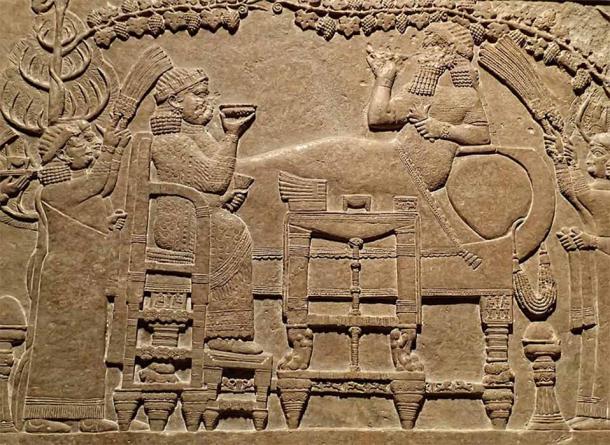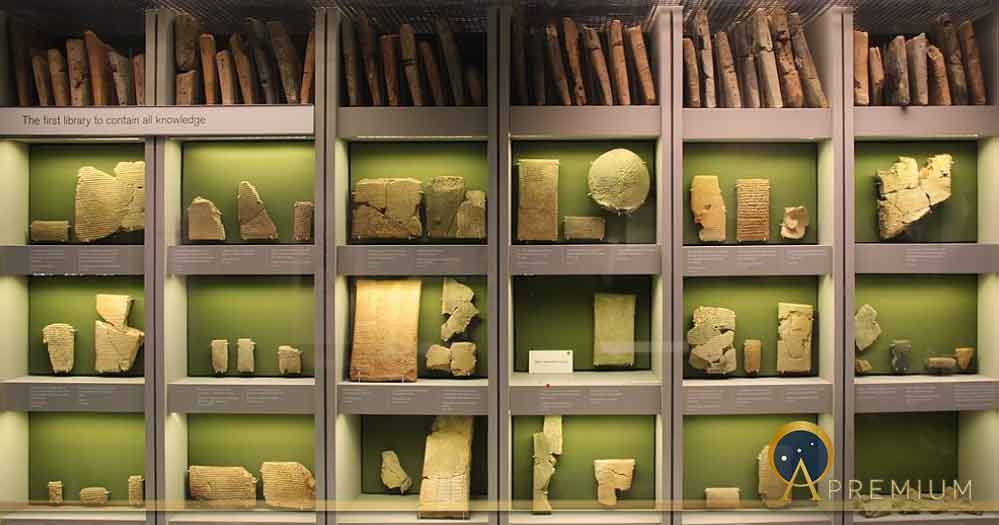The World’s First Collectors, Museums And Libraries Of Antiquity
People have collected objects, scripts, fossils, specimens, precious stones, artifacts and memorabilia since the dawn of mankind’s memory, for different reasons. Many possible motives come into play – people collect because of nostalgia for a past world, because they want to display their wealth and sophistication, because it satisfies a compulsive need to organise and create order, because it serves as a solace and a distraction in time of uncertainty, because they want to preserve for posterity and for many other reasons. And once they start they cannot stop because there is always a gap in their collection which they need to plug. David Bowie, who collected art, said: “ Art was, seriously, the only thing I’d ever wanted to own… It can change the way I feel in the mornings.” So, there is another motive for collecting – it can simply make a person feel good when they wake up. It is such a broad subject and it incorporates so many disciplines that it has its own journal – the Journal of the History of Collections. It is estimated that as many as one-third of the population of America and Britain regard themselves as collectors.

Portion of the "Garden Party" relief, depicting Ashurbanipal (right) and his queen Libbali-sharrat (left) (Mary Harrsch/CC BY-SA 4.0)
Ashurbanipal, Collector of Cuneiform Tablets
The first collector on current record was Ashurbanipal, King of the Neo-Assyrian Empire from 669 BC until his death in 631. His particular weakness was for cuneiform tablets – that is to say, tablets that had been inscribed with an instrument that made wedge-shaped marks on clay tablets. The word “cuneiform”, which means “wedge-shaped”, derives from the fact that the marks that were pressed into the soft clay with the slanted edge of a stylus had a wedge-shaped appearance. Once the clay had been baked, the tablet became virtually indestructible. It was literally fireproof.
It seems that Ashurbanipal could not get enough of these tablets with their wedge-shaped marks. He sent his agents all over Mesopotamia to collect them, while he acquired others in the form of war loot following his defeat of the Babylonian kingdom. His library at Nineveh near the modern-day city of Mosul, Iraq, housed some 30,000 baked clay tablets in a variety of Mesopotamian languages, including Assyrian, Akkadian and Sumerian.
Like this Preview and want to read on? You can! JOIN US THERE ( with easy, instant access ) and see what you’re missing!! All Premium articles are available in full, with immediate access.
For the price of a cup of coffee, you get this and all the other great benefits at Ancient Origins Premium. And - each time you support AO Premium, you support independent thought and writing.
Dr Robert Garland obtained his M.A. in Classics from McMaster University and his Ph.D. in Ancient History from University College London. His research focuses on the social, religious, political, and cultural history of both Greece and Rome. He has written 17 books including Wandering Greeks: The Ancient Greek Diaspora from the Age of Homer to the Death of Alexander the Great
Top Image: Library of Ashurbanipal Mesopotamia 1500-539 BC Gallery, British Museum, London, England (Gary Todd / CC0)
















